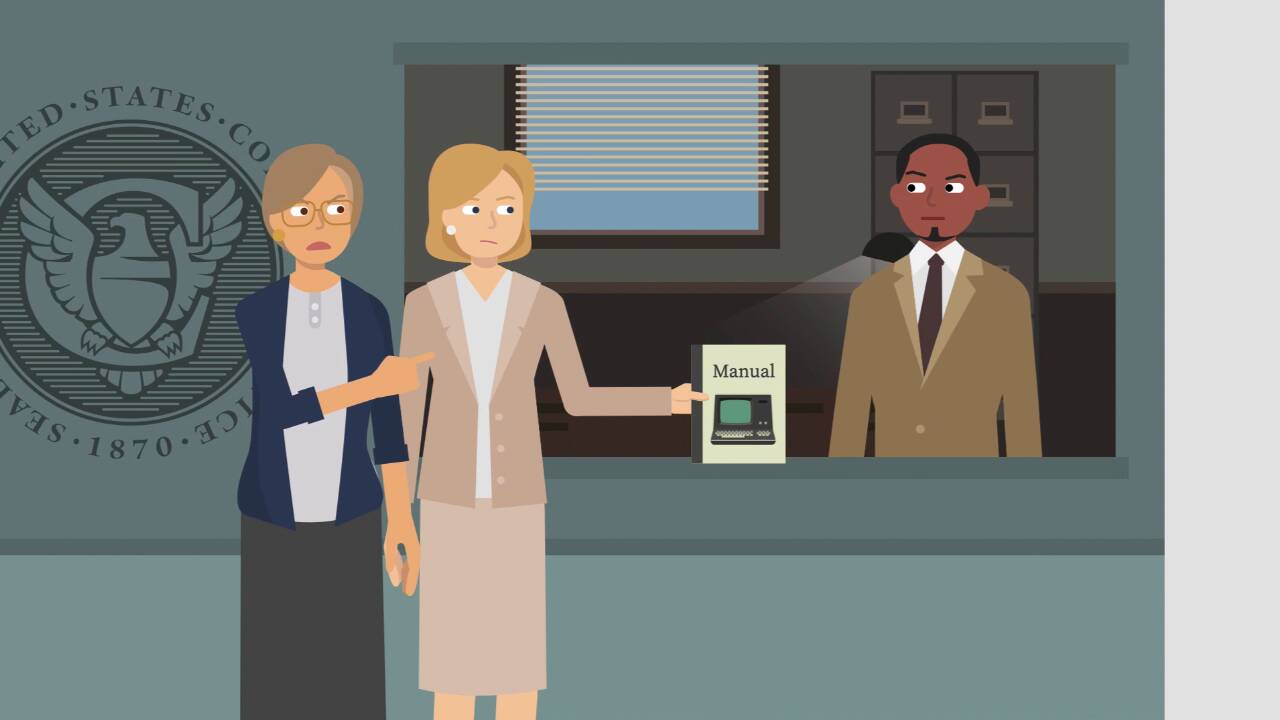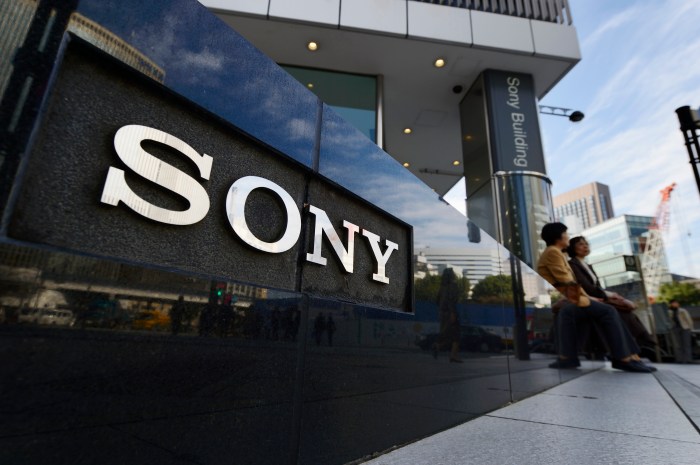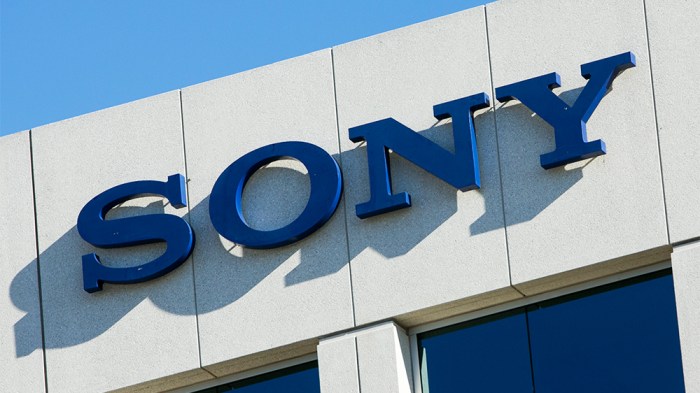Hays v. Sony Corp. of America, a groundbreaking case in copyright law, delves into the complex interplay between technology and intellectual property rights. This case set a precedent for the fair use of copyrighted materials, shaping the entertainment industry and sparking debates about the balance between innovation and protection.
The case centered around the legality of Sony’s Betamax video recorder, which allowed users to record television broadcasts for personal use. The music industry argued that this violated their copyrights, while Sony maintained that it constituted fair use. The Supreme Court’s ruling in favor of Sony had far-reaching implications, establishing guidelines for the use of copyrighted works in new technologies.
Hays v. Sony Corp. of America Overview

Hays v. Sony Corp. of America was a landmark case decided by the United States Supreme Court in 1984. The case centered around the issue of whether the unauthorized use of copyrighted material for non-commercial purposes constituted a fair use under copyright law.
The case was brought by Betamax users who had recorded television programs for their personal use. Sony, the manufacturer of the Betamax VCR, was sued by copyright holders who claimed that the recording of their works without their permission violated their exclusive rights under copyright law.
Significance and Impact
The Supreme Court ruled in favor of Sony, holding that the unauthorized recording of copyrighted material for non-commercial purposes was a fair use. The Court found that the use of the Betamax VCR did not harm the market for copyrighted works and that the public benefit of allowing home recording outweighed the copyright holders’ exclusive rights.
The Hays v. Sony decision had a significant impact on copyright law and technology. It established the principle of fair use as a defense to copyright infringement and helped to pave the way for the development of new technologies that allow consumers to record and share copyrighted material.
Legal Framework and Precedents

The Hays v. Sony Corp. of America case was shaped by a complex legal framework and precedents that influenced the court’s decision. These legal doctrines and principles provided the foundation for the arguments presented by both parties and ultimately determined the outcome of the case.
One of the key legal doctrines applied in the case was the “fair use” doctrine. This doctrine allows for the limited use of copyrighted material without the permission of the copyright holder for purposes such as criticism, comment, news reporting, teaching, scholarship, or research.
In the Hays case, the court had to determine whether Sony’s use of the Betamax VCR fell within the scope of fair use.
Copyright Act
The Copyright Act of 1976 provides the statutory framework for copyright protection in the United States. The Act defines the exclusive rights of copyright holders, including the right to reproduce, distribute, and display copyrighted works. The fair use doctrine is codified in Section 107 of the Copyright Act, which sets out the factors to be considered when determining whether a particular use of copyrighted material is fair.
Sony Corp. of America v. Universal City Studios, Inc.
The Supreme Court’s decision in Sony Corp. of America v. Universal City Studios, Inc. (1984) was a landmark case that established the fair use doctrine as a defense to copyright infringement claims involving home video recording. In Sony, the Court held that the use of a VCR to record copyrighted television programs for personal, non-commercial use was a fair use of the copyrighted material.
Key Issues and Arguments
The central issue in Hays v. Sony Corp. of Americarevolved around the question of whether Sony was liable for copyright infringement for selling Betamax video cassette recorders (VCRs) that could be used to record copyrighted television programs.
Sony argued that it was not liable because the VCRs were capable of substantial non-infringing uses, such as time-shifting (recording a program to watch later) and educational recording. The plaintiffs, a group of movie studios and television networks, argued that the VCRs were primarily used for copyright infringement and that Sony was therefore liable for contributory infringement.
Hays v. Sony Corp. of America dealt with copyright issues, but let’s switch gears to the world of drama. For a powerful monologue that explores themes of love, loss, and redemption, check out the crimes of the heart monologue . This moving piece captures the complexities of the human condition, resonating with audiences far beyond the courtroom of Hays v.
Sony Corp. of America.
Sony’s Arguments
- VCRs have substantial non-infringing uses:Sony argued that VCRs could be used for a variety of legitimate purposes, such as time-shifting, educational recording, and home movies.
- Sony did not induce or encourage copyright infringement:Sony argued that it did not encourage or induce copyright infringement. It sold the VCRs with no instructions on how to use them for copyright infringement, and it did not market the VCRs as a device for copyright infringement.
Plaintiffs’ Arguments
- VCRs are primarily used for copyright infringement:The plaintiffs argued that VCRs were primarily used for copyright infringement. They presented evidence that VCRs were often used to record copyrighted television programs and that these recordings were often shared with others.
- Sony is liable for contributory infringement:The plaintiffs argued that Sony was liable for contributory infringement because it knew that VCRs were being used for copyright infringement and it did not take any steps to prevent this.
Court’s Decision and Rationale

The court in Hays v. Sony Corp. of America ruled in favor of Sony, dismissing Hays’ claims of copyright infringement.
The court based its ruling on the “fair use” doctrine, which allows for the use of copyrighted material without permission from the copyright holder in certain circumstances. The court found that Sony’s use of Hays’ copyrighted song in its commercial was a fair use because it was transformative, did not harm the market for Hays’ song, and was not excessive.
Impact on the Legal Landscape, Hays v. sony corp. of america
The decision in Hays v. Sony Corp. of America has had a significant impact on the legal landscape, clarifying the scope of the fair use doctrine and providing guidance for future cases involving copyright infringement.
The decision has made it clear that transformative uses of copyrighted material are more likely to be considered fair use than non-transformative uses. This has given creators more freedom to use copyrighted material in new and creative ways without fear of infringing on the copyright holder’s rights.
Dissenting Opinions
The dissenting opinions in Hays v. Sony Corp. of Americaargued that the majority’s decision to dismiss the case was incorrect.
The dissenters believed that the plaintiffs had sufficiently alleged that Sony had engaged in anti-competitive conduct that had harmed consumers. They also argued that the majority’s decision to apply the Illinois Brickdoctrine was misplaced.
Reasoning Behind the Dissenting Opinions
The dissenters argued that the plaintiffs had sufficiently alleged that Sony had engaged in anti-competitive conduct that had harmed consumers.
- The dissenters pointed to the fact that Sony had a monopoly over the PlayStation video game console market.
- They also pointed to the fact that Sony had used its monopoly power to charge supracompetitive prices for PlayStation games.
The dissenters argued that the majority’s decision to apply the Illinois Brickdoctrine was misplaced.
- The Illinois Brickdoctrine holds that indirect purchasers of a product cannot sue for damages under the antitrust laws.
- The dissenters argued that the Illinois Brickdoctrine should not be applied in this case because the plaintiffs were direct purchasers of PlayStation games.
Implications and Consequences

The Hays v. Sony Corp. of America decision has significant implications for copyright law and the entertainment industry. It has also raised broader legal and societal concerns.
Impact on Copyright Law
The decision has strengthened the fair use doctrine, which allows for the unauthorized use of copyrighted material in certain circumstances. This has made it more difficult for copyright holders to prevent others from using their work, particularly in transformative ways.
Impact on the Entertainment Industry
The ruling has made it easier for individuals to create and share derivative works based on copyrighted material. This has led to an increase in fan-made content, such as videos, music, and art. It has also made it more difficult for copyright holders to control how their work is used, which has led to some concerns about the potential for copyright infringement.
Broader Legal and Societal Implications
The decision has raised concerns about the balance between copyright protection and the public’s right to access and use information. It has also highlighted the need for clear and consistent guidelines for determining what constitutes fair use.
Clarifying Questions
What was the significance of Hays v. Sony Corp. of America?
The case established guidelines for the fair use of copyrighted materials, allowing for the use of such materials in new technologies without violating copyright laws.
How did the Supreme Court rule in Hays v. Sony Corp. of America?
The Supreme Court ruled in favor of Sony, finding that the use of the Betamax video recorder for personal recording constituted fair use.
What impact did the decision in Hays v. Sony Corp. of America have on the entertainment industry?
The decision allowed for the development and use of new technologies that facilitated the recording and distribution of copyrighted materials, transforming the entertainment industry.